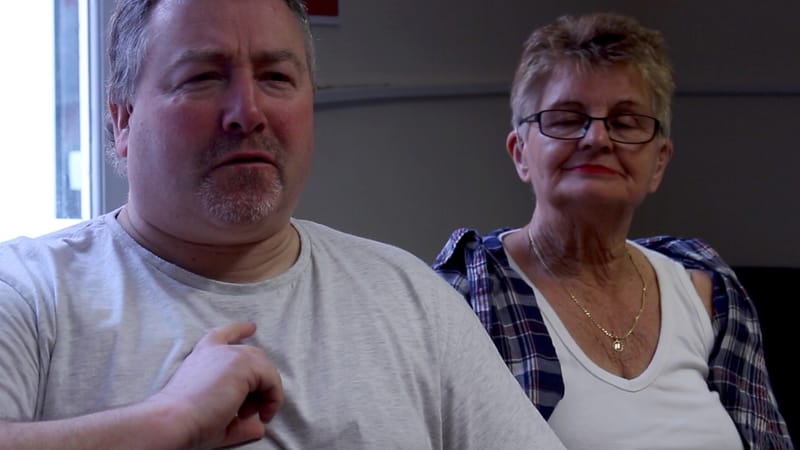What is BSL?

British Sign Language (BSL) is the first or preferred language of many Deaf people in the UK, and is the language of the Deaf community. For more information on the Deaf community please see our the COS Guide to Communication with Deaf and Hard of hearing people.
The number of Deaf BSL users is debated and estimates range from 24,000-87,000 people.

BSL is a wonderfully rich visual-gestural language which uses the hands, body, face and mouth to communicate. It has a distinct syntax and is not a derivative of either English or Welsh. BSL doesn’t have a written format so reading English or Welsh maybe a second or third language for a native BSL user.
The first documented use of sign language can be seen in a Marriage Certificate from 1576 but BSL was only recognised by the Government, as a language in its own right, on 18th March 2003. For more information on accessing services in BSL and relevant legislation please see our ‘Rights’ page.
It is often assumed that ‘Sign Language’ is universal, but just as with spoken languages each country/ region has its own unique Sign Language. Examples from English speaking countries:
- The Republic of Ireland uses Irish Sign Language (ISL). Both ISL and BSL are used in Northern Ireland.
- Australia uses Australian Sign Language (AUSALN) and New Zealand uses New Zealand Sign Language (NZSL), which both share similarities to BSL.
- The United States of America uses American Sign Language (ASL), which shares similarities with ISL.
Even within the UK variations can be seen in BSL. Known as ‘regional variations’ they can most be likened to an accent in spoken language and in part stemmed from Residential Deaf Schools.

Other visual communication languages or systems:
- Sign Supported English (SSE) borrows signs from BSL but uses them with an English grammatical structure and is often used in educational settings, such as schools and colleges. SSE is used by a variety of D/deaf people including those who were educated in a school which did not advocate the use of BSL and whose first language is English.
- Makaton uses signs and symbols to help people communicate, and it is often used to support speech. Makaton is used by those who have communication difficulties, speech isn’t clear or by children whose speech hasn’t developed yet.
- Cued speech uses a set number or handshapes in locations around the lower face and neck, allowing spoken English to be more accurately lip-read.